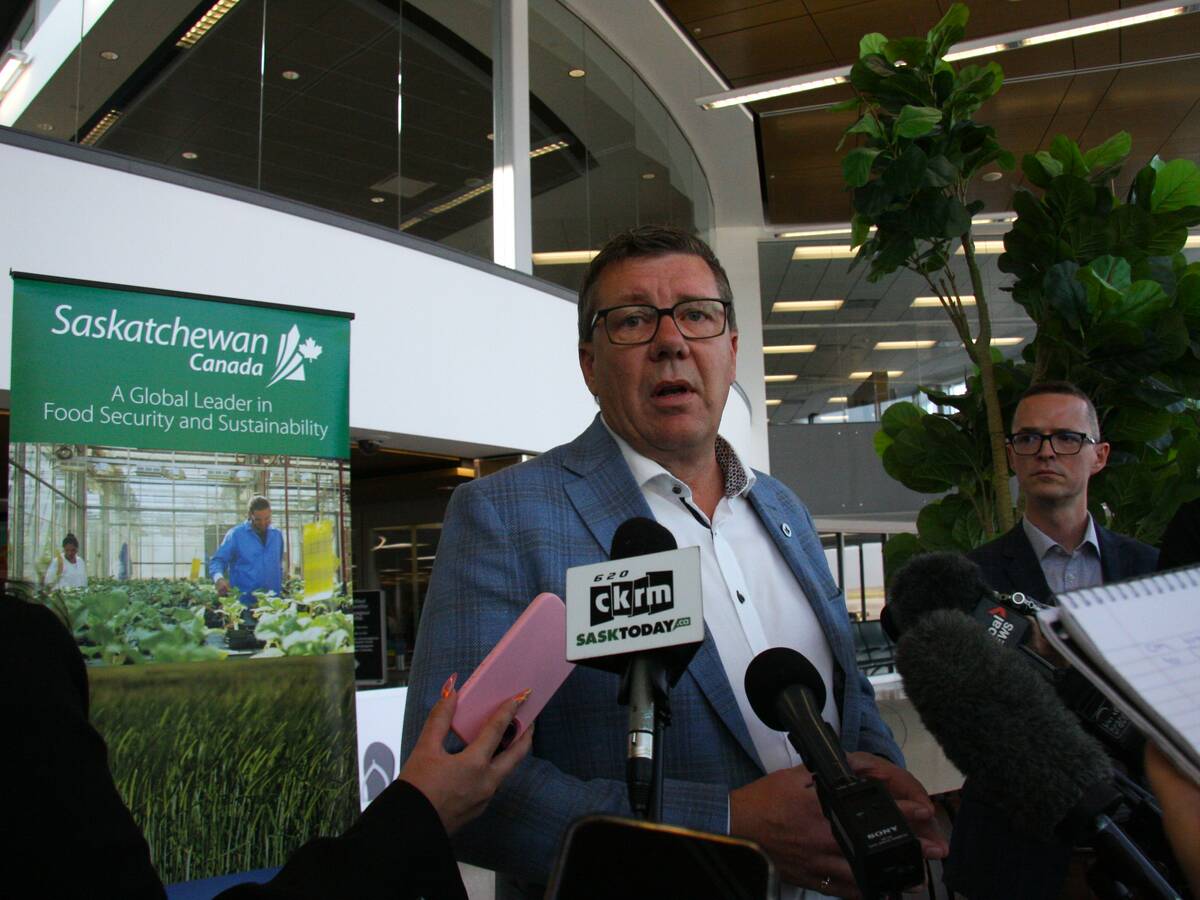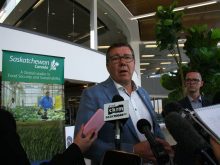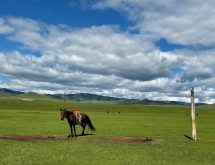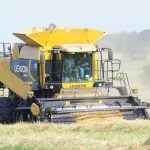LANIGAN, Sask. – Keeping the older cow and selling the heifer as a feeder may be the best plan for 2003, but careful planning is necessary if it is going to be profitable.
Producers across Canada would normally have expected to receive good money for their cull cows this fall as they fed a strong hamburger market in the United States.
That market vanished with the border closure in May and with it went any chance of profiting on the culls that normally provide 12-20 percent of total herd revenue.
Read Also

Moe says China trip laid ground work
Saskatchewan premier says signals of moving forward on canola tariffs can be seen in moves from Chinese and Canadian governments
In times of low feed prices, some producers might even retain the cull over the winter, preparing it for an early spring market hungry for hamburger. Feed and other costs are double the cull value for animals over 30 months, so this too fails the profit test.
Keeping an open cow for rebreeding with the rest of the herd next spring will cost a producer more in the long run than it is worth, says Lorne Erickson of the Western Forage Beef Group in Alberta.
“It is worth an additional $375 to breed that cow this fall. It will take five years to earn that back and some cows won’t be around five years from now,” he said.
For many growers, an open cow in November is a cow that wouldn’t be around in the spring anyway.
However, this year it makes good business sense to have a reproductive examination done by a vet, and if the cow passes, reintroduce it to a bull.
Experts agree that 75 percent of open cows in the fall will rebreed successfully and produce a healthy calf late the following summer.
Erickson said it is ironic that selling the heifer that would have replaced the cow makes the most sense.
“Replacement heifers may be the future of the herd, but this year the future itself may be in doubt if producers can’t find some cash … and those heifers can provide it.”
Carrying a heifer over the winter will cost $425. Selling the 1,100-pound animal as a feeder now will bring about $1,000. Calves from that same animal in the following year will bring only $540.
Meanwhile, as the heifer approaches the 30-months-of-age limit, its value will falter to about $550, according to WFBG analysis.
“We can’t say for every producer what their individual situation is. They may have an older herd that is in need of the heifers right away, but most folks were culling harder in recent years so this may not be the case,” Erickson said.
Tim Highmoor of the Western Beef Development Centre said the strategy of breeding cull cows makes sense.
“Every year you can extend that productive life of a cow will add a lot of cash to that season from the calf and reduce the overhead of the operation as a whole,” said Highmoor.
However, there is risk involved.
“Producers should also consider what may happen if the Canadian Agricultural (Income) Stabilization Program is accepted by Ontario and thus the rest of the country,” said Highmoor.
If a cow is pregnancy checked, which is one of the few eligible expenses under the CAISP program, and the cow is open, its value drops dramatically. If it is pregnant, the value returns to the $800 range.
For a producer who is eligible for a CAISP payment, this could reduce the payment or eliminate it.
“In that case it is best to manage the program and (pregnancy) check this fall and breed in January. For the cow-calf guy, these could be important dollars in the pocket,” said Highmoor.
Also, selling a poor cow as a cull can be used to increase the eligible payment by reducing the value of the herd inventory.
The same older cow valued at $800 at the start of 2003 is now worth $200 or less.
Under CAISP, it retains the $800 price because only one value for an animal is allowed per year.
If the cow is sold, that represents a $600 loss in inventory, which can be claimed under the program. If it remains open, it can be used to reduce inventory value in the following year.
“It isn’t farming the program, but it is working with it … and if it (CAISP) is introduced for 2003, there isn’t much time left to make the necessary management decisions that can maximize the payout,” said Highmoor.
He said many cow-calf producers are likely eligible this year for a CAISP payout so it is worth consulting an accountant before making decisions.














